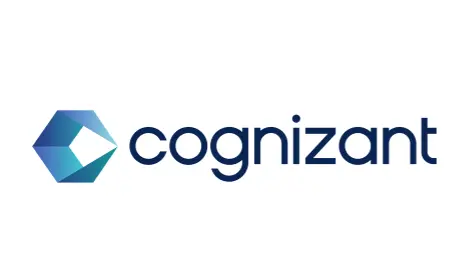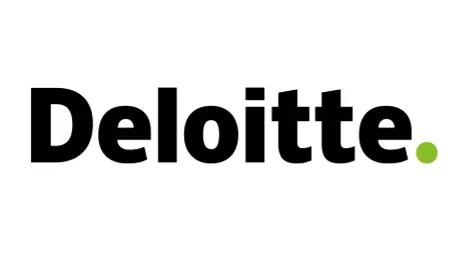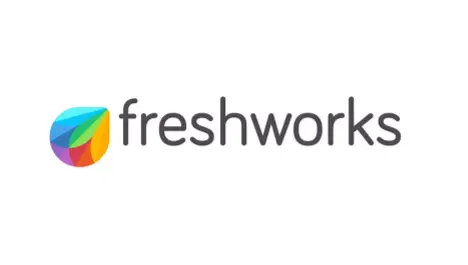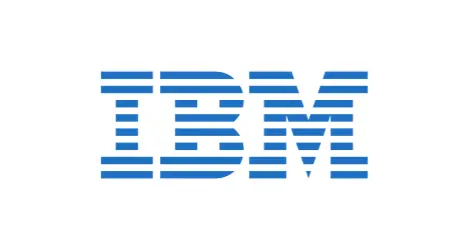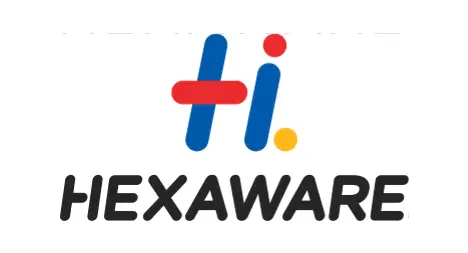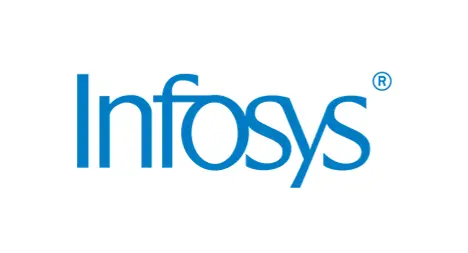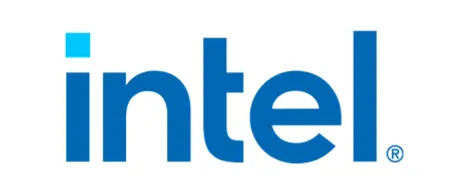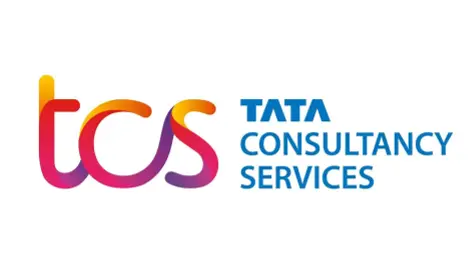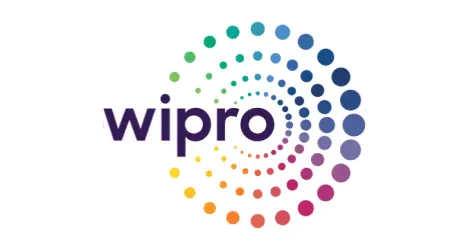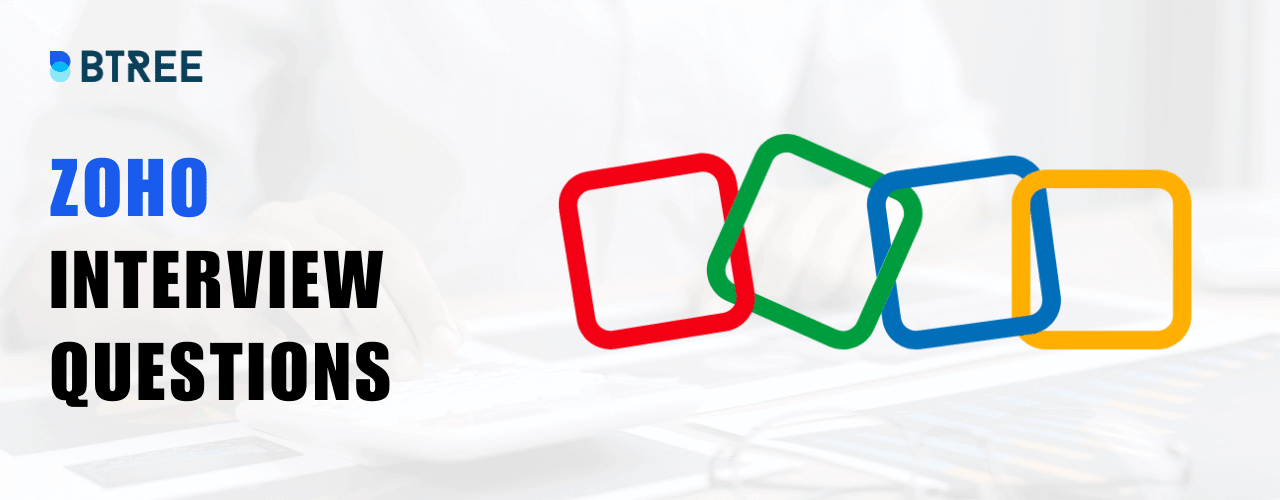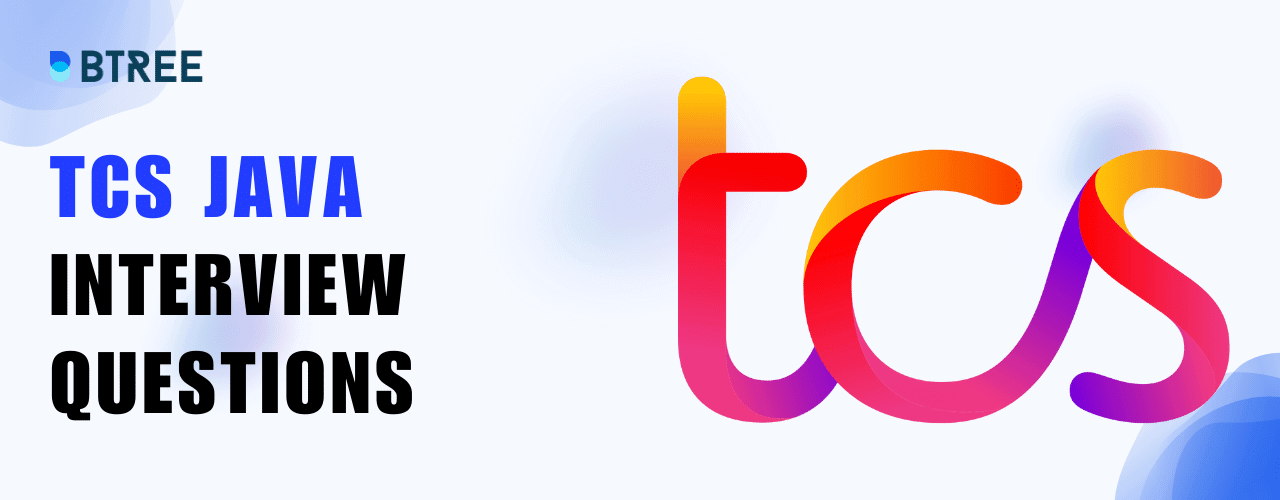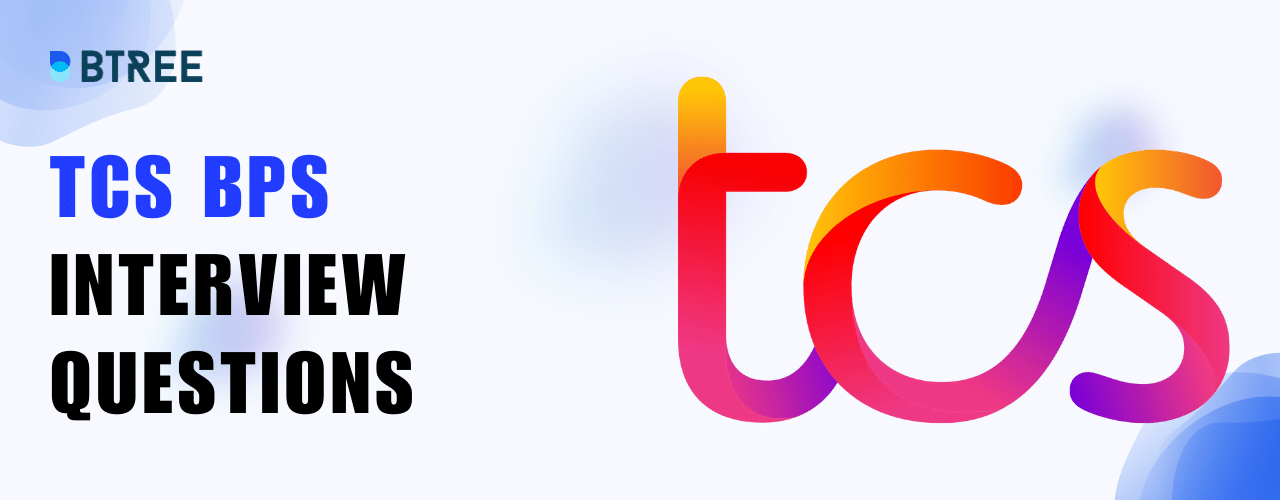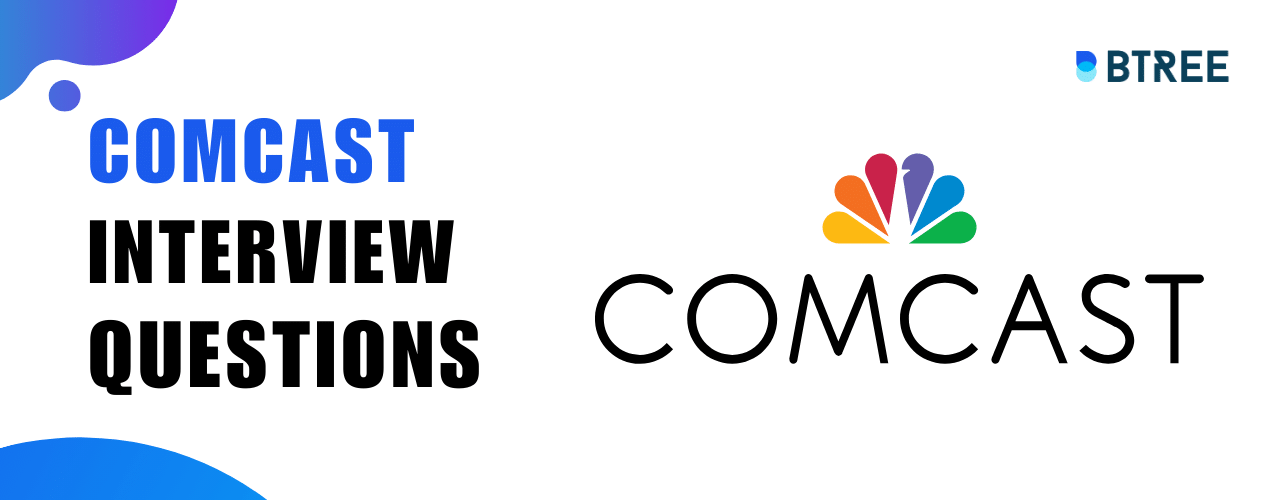IoT Course Key Highlights
Overview of IoT Course in Chennai
A new era in technology is beginning with the Internet of Things. In the Internet of Things, devices communicate with one another to make decisions and provide solutions that might not be feasible in other circumstances. The internet of things (IoT) is a network of objects, such as utilities, structures, and other items, that are equipped with smart electronics, network connectivity, and sensors.
The Internet of Things (IoT) has the potential to revolutionize people’s life in terms of consumer habits, personalization, and other areas by enabling these items to collect data, process it, make decisions using coded logic, and exchange data.
What is IoT?
The term “Internet of Things” (IoT) refers to a broad category of electronic devices that aren’t standard computing equipment but are linked to the internet to send or receive data or both.
The Internet of Things (IoT) encompasses an unusually broad range of “things,” such as internet-connected and “smart” appliances and lightbulbs, digital assistants in the Alexa style that are only possible in an internet-connected world, and internet-enabled sensors that are transforming manufacturing, healthcare, transportation, distribution, and agriculture.
How does IoT work?
The normal way an Internet of Things system works is by continuously gathering and transmitting data. In an IoT system, there are three components:
Smart devices: Similar to the computer capabilities seen in televisions, security cameras, and workout equipment, this piece of equipment also has computer capabilities. It collects information from its surroundings, user inputs, or use patterns and uses the internet to send it to and through its IoT application.
IoT application: A group of services and programs that integrate data from numerous IoT devices make up an IoT application. It analyses this data using machine learning or artificial intelligence (AI) technology and makes defensible conclusions. The IoT device is informed of these choices, and the IoT device then reacts intelligently to inputs.
A graphical user interface: Through a graphical user interface, the IoT device or fleet of devices may be managed. A smartphone application or website that may be used to register and operate smart devices are common examples.
What are IoT technologies?
IoT systems may use the following technologies:
Edge computing: The term “edge computing” describes the technology that allows smart devices to perform tasks rather than simply transmit or receive data to their IoT platform. It boosts computational power at an IoT network’s edges, lowering communication latency and speeding up reaction times.
Cloud computing: For remote data storage and IoT device administration, cloud technology is employed, making the data accessible to several devices on the network.
Machine learning: The software and algorithms used to process data and make choices in real time are referred to as machine learning. These artificial intelligence algorithms can be used at the edge or in the cloud.
Why is IoT important?
People can live and work more intelligently and in complete control thanks to the internet of things. In addition to offering smart home automation devices, IoT is essential for business. Organizations may use the Internet of Things (IoT) to examine how their systems actually work in real time and obtain insights into anything from equipment performance to supply chain and logistics operations.
IoT gives businesses the ability to automate procedures and cut labor costs. Additionally, it reduces waste, enhances service delivery, lowers the cost of manufacturing and delivering items, and provides transparency into customer transactions.
As a result, IoT is among the most significant technologies of modern life, and it will gain momentum as more companies recognize how linked gadgets can help them stay competitive.
Talk To Us
We are happy to help you 24/7
IoT Career Transition
60%
Avg Salary Hike
40 LPA
Highest Salary
500+
Career Transitions
300+
Hiring Partners
IoT Course Skills Covered
Eclipse IoT
Canopy
IFTTT
Losant
Arduino
Dronesmith
IBM Watson IoT
WIND
PlatformIO
Embedded C
Sensors in IoT
Protocol
IoT Course Fees
30
Sep
SAT - SUN
08:00 PM TO 11:00 PM IST (GMT +5:30)
07
oct
SAT - SUN
08:00 PM TO 11:00 PM IST (GMT +5:30)
14
Oct
SAT - SUN
08:00 PM TO 11:00 PM IST (GMT +5:30)
Unlock your future with our
"Study Now, Pay Later"
program, offering you the opportunity to pursue your education without financial constraints.
EMI starting at just
₹ 2,500 / Months
Available EMI options
3
Months EMI
6
Months EMI
12
Months EMI

Corporate Training
Enroll in our corporate training program today and unlock the full potential of your Employees
Curriculum for IoT Training in Chennai
Introduction to the Internet of Things
- Basics of the Internet
- What is the Internet of Things?
- The technology behind the Internet of Things
- Benefits of the Internet of Things
- Use of the Internet of Things
- The Internet of Things Applications
Thing in the Internet of Things
- What is a Thing?
- Components of the Internet of Things
- The Thing
- The Local Network
- The Internet
- The Cloud
- Explanation about Microcontrollers
- Study Analog and Digital sensors
- Input and Output of the Internet of Things
Embedded Systems
- Basics of Embedded Systems
- Components of Embedded Systems
- Embedded Infrastructure and Devices in IoT
- Interaction of Embedded Systems with the Physical World
- Study Next-Generation Embedded System Hardware, Software and Tools
Sensors in IoT
- Sensors and Demystified
- Specification of Sensors
- Benefits and Usage of Sensors
- Types of Sensors in IoT
- Important Sensors used in IoT
Integrated Peripherals in IoT
- Study about Integrated Peripherals
- IoT Communication standards and protocols
- Communication protocols in IoT
- IoT Standards & Protocols
- Serial and Parallel Communication explained
Internet Protocol Explanation
- What is Internet Protocol?
- Types of Internet Protocols
- Types of Internet Topology
- IPV4 and IPV6 Protocols
- The Difference Between the IPV4 and IPV6
Introduction to Embedded Programming
- Basics of Embedded C
- Simple Program Execution
- Introduction to Arduino IDE, Preparation, Integration.
- Integration with Sensors and Actuators with Micro Controller
- Simple Project
- Task 1: Own Project
Introduction to IoT using Arduino and Raspberry Pi
- Introduction to IoT Platforms: AWS, Azure, Boston, Kaa, Thingspeak, Thing works, etc.,
- Study of Arduino boards and sensors
- Arduino IoT platform
- Programming and Integration
- Internet of Things Project with Arduino
- Task2: Own Project- IoT Enabled
Webduino
- Connecting Arduino to Web Development: Open Source IoT platforms
- Components of Arduino and circuits
- HTTP, MQTT, TCP/IP and Elements of HTML
- Controlling / Monitoring sensors using web page links
- Task3: Own Project
“Accelerate Your Career Growth: Empowering You to Reach New Heights in IoT Course”
IoT Training Options
IoT Classroom Training
-
50+ hours of live classroom training -
Real-Time trainer assistance -
Cutting-Edge on IoT tools -
Non-Crowded training batches -
Work on real-time projects -
Flexible timings for sessions

IoT online training
-
50+ Hours of online IoT Training -
1:1 personalised assistance -
Practical knowledge -
Chat and discussion panel for assistance -
Work on live projects with virtual assistance -
24/7 support through email, chat, and social media.
IoT Certification Course in Chennai
The IoT Course Certification is one of the valid professional credentials that shows the aspirant has learned everything there is to know about the IoT Platform and its applications.
This Certificate clearly defines that the participants have developed the necessary professional abilities for an IoT Developer, with real-time IoT based project and case studies offered by the end of the IoT Course.
BTree Systems IoT Training in Chennai imparts all the highly in demand professional abilities in the IT Industry while providing training from an expert mentor, completion certificate with your resume during the interview opens up lot career opportunities.
Our Student feedback
Hear From Our Hiring Partners
Lead recruiter at Wipro
System Engineer
BTREE's Placement Guidance Process


Placement support
Have queries? We’re here for you! We support you with 24X7 availability with all comprehensive guidance.

Sample Resume
Build a robust resume with battle-cut tools to land your dream job. Impress any recruiter with a rock-solid CV and personality!

Free career consultation
Overwhelmed about your future career? We offer free career consultation that helps you to figure out what you want to become.
Our Graduates Works At


FAQ for IoT Course
What if I miss the session?
We ensure that for the duration of the course if a student misses just one IoT class, the missed material will be made up as soon as possible. Every student will receive a Flexi pass that has a 90-day expiration date and can be used whenever it is convenient for them.
What should I learn in first IoT basics?
It is advised that you always begin with an introduction to the Internet of Things and how it has affected the world of today.
which companies are highly using AI or IoT?
Many large, well-established businesses are heavily pursuing AI and IoT technologies and spending significant sums of money on them in order to improve their operations. These technologies are being used by well-known businesses like Google, Amazon, Netflix, and many more.
How can enroll IoT course at BTree Systems?
Call us at 044-4560 5237, and we’ll get back to you as soon as possible. You can also come right in to our office to learn more about the deals and discounts.
What are the different modes of training BTree provide?
BTree Systems offers a variety of effective training methods, including:
Classroom instruction
One-on-one instruction
Fast-track instruction
Online instruction with a live teacher
Where can I book a free demo?
Call us at 044-4560 5237, and we’ll react as soon as possible.
Do you provide Live projects for IoT course?
The core of the whole IoT training course is Real-Time Implementation.
Hackathons and lab sessions provide hands-on experience working on industry projects, which will assist you in developing a portfolio of projects.
Can I access the course material online?
Yes, students get lifelong access to the study tools, videos, and top MNC interview questions on the student site.
What are the available payment options?
You can pay using any of the ways listed below, and an email receipt will be sent to you instantly for both offline and online training. We accept all of the main payment methods. We just made EMI alternatives available for all of our courses.
Option for EMI with a debit/credit card.
The MasterCard
Online banking, Google Pay, PhonePe, PayPal, and Paytm are all options.
Are you Located in any of these locations
Adyar
Anna Nagar
Besant Nagar
Ambattur
Guindy
K.K. Nagar
Koyambedu
Chromepet
Nandanam
OMR
Perungudi
Mylapore
Poonamallee
Porur
Saidapet
Sholinganallur
T. Nagar
Teynampet
Vadapalani
Velachery
Find Us
Address
Plot No: 64, No: 2, 4th E St, Kamaraj Nagar, Thiruvanmiyur, Chennai, Tamil Nadu 600041

